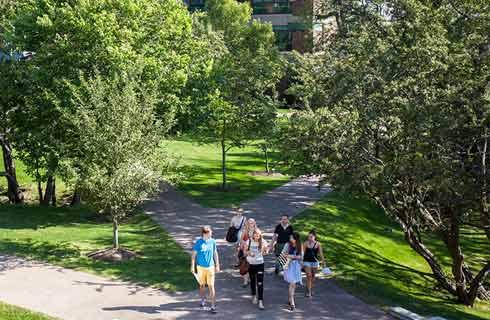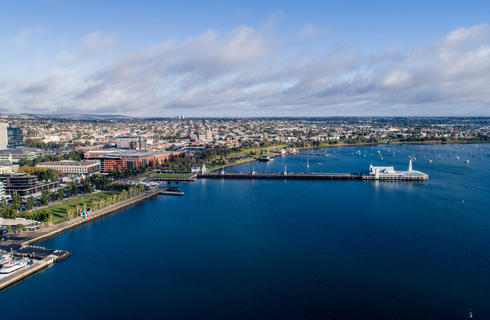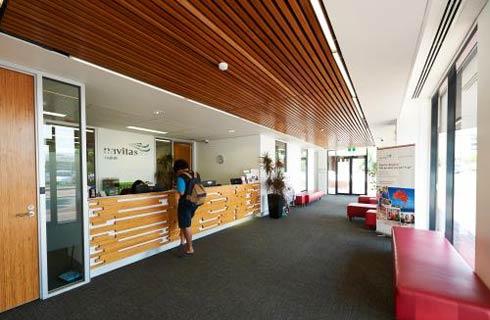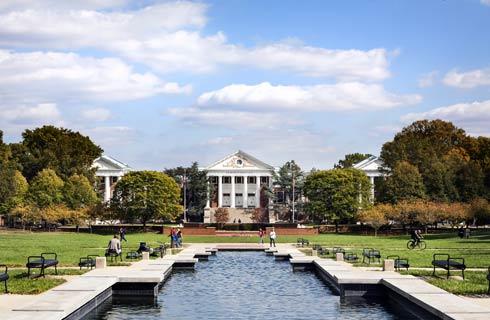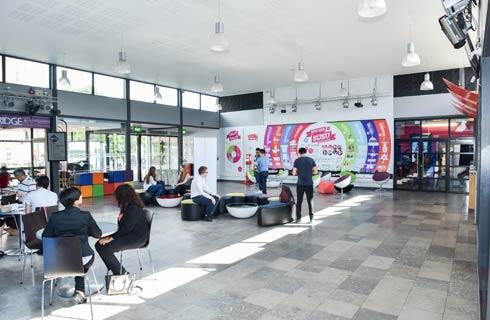Doctor of Philosophy in Environmental Chemistry and Technology - Water Resources Engineering and Science

威斯康星大学麦迪逊分校

QS排名:
国际学生入学条件
Applicants seeking admission should have a background in the fundamental areas of general, organic, physical, and analytical chemistry. In addition, applicants should have some background in applied sciences which can be fulfilled with a minimum of 6 credits in natural sciences such as botany, zoology, bacteriology, earth science, material science, biochemistry, or engineering. Applicants who have not met these requirements must do so prior to the completion of the master's degree.
A minimum undergraduate grade-point average (GPA) of 3.00 on the equivalent of the last 60 semester hours (approximately two years of work) or a master’s degree with a minimum cumulative GPA of 3.00 is required. Applicants from an international institution must demonstrate strong academic achievement comparable to a 3.00 for an undergraduate or master’s degree.
Minimum TOEFL requirement- 92 internet (iBT); 580 paper-based test (PBT)
Minimum IELTS requirement- 7.0
Minimum IELTS Indicator requirement: 7.0
展开
IDP—雅思考试联合主办方

雅思考试总分
7.0
了解更多
- 雅思总分:7
- 托福网考总分:92
- 托福笔试总分:580
- 其他语言考试:Minimum Duolingo English Test requirement- 125
课程简介
The two primary focus of the water resources engineering and science group are hydrology and environmentalecological fluid mechanics with particular strengths in water sustainability; computational fluid mechanics; flow, mixing and thermal structure of lakes; stochastic hydrology; groundwater hydrology; engineering hydraulics; stream and wetland restoration; stormwater management; and hydroecology.<br><br>The group investigates applied and theoretical problems in both the built and natural environments. Field methods, laboratory experiments, remote-sensing techniques, numerical modeling, statistical modeling, and analytic approaches are combined to address scientific and engineering questions leading to better water resource management, a better interface between the built and natural environments, and more sustainable use of water resources.
展开
相关申请

预科

奖学金

实习机会

在校学习

跨境学习

校园授课-线上开始

在线/远程学习
学校排名
世界排名
43
数据源:泰晤士高等教育世界大学排名





















